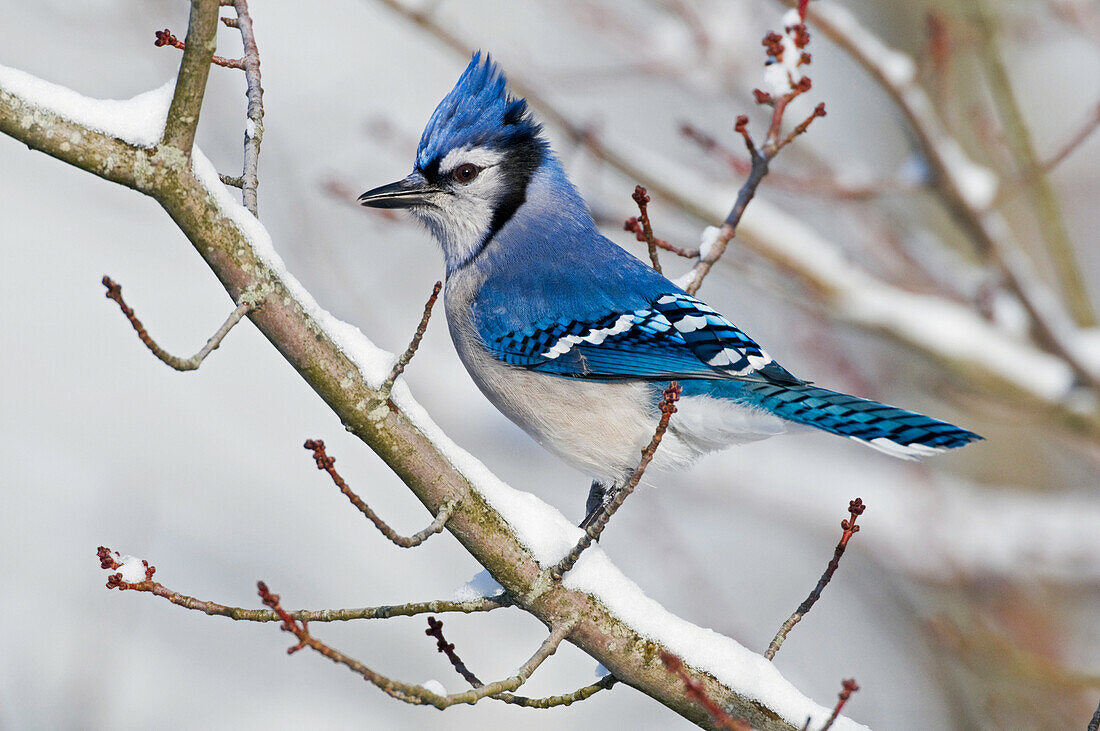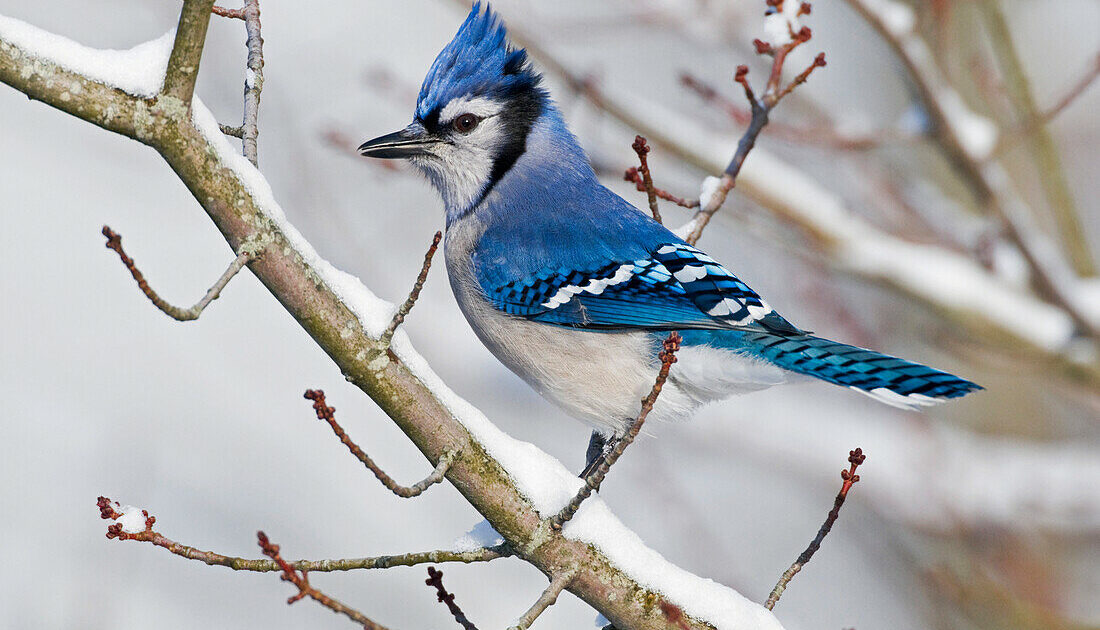When it comes to bird behaviour and activity in the winter, there are a lot of misconceptions about what they do when the temperatures get into the freezing zone. Some homeowners worry about their neighbourhood birds and their ability to survive the harsh Canadian winters, but in many cases, birds can be pretty resilient.
At Skedaddle Humane Wildlife Control, we offer knowledgeable bird control in Oshawa. Birds may be a problem for homeowners, even in the winter. Here are some of the most common myths about bird behaviour during the winter season.
1. Myth – Birds Freeze to Death in the Winter
If you enjoy watching native birds flock to your backyard and leave out birdseed to feed them, you may also be wondering how they survive in the winter. A widely believed myth is that birds freeze to death in the winter once the temperature gets below zero. In Oshawa, there are many days where frigid air lowers the temperature below freezing.
The reality is that birds can survive in icy temperatures due to their unique physiology. Once the temperature starts to get colder, their body begins to store more fat to help protect their body from the chilly days and nights. Birds can also use their feathers to get extra protection. When they are resting, they’re able to fluff their feathers to help insulate themselves. In the winter, they pick protected roosting spots, such as bushes, inside of a tree or a birdhouse.
2. Myth – All Birds Migrate
Another myth that many people still believe is that all birds migrate south. If you’ve spent any time outdoors in the winter here, you know that isn’t true, as there are still plenty of bird populations in the region. The truth is that many birds do migrate south for the winter and make the return trip when it starts to warm up, but some birds don’t.
The birds that stick around all year long have learned to adapt to the winter climate. There are numerous birds that skip the migration, such as owls, vultures, blue jays, magpies, cardinals, chickadees and woodpeckers. Instead of migrating, they may change their diet and find different food sources when their preferred diet isn’t available.
3. Myth – Bird Feet Stick to Metal Bird Feeders
The final myth about birds in the winter is that their feet can get stuck to the surface of metal bird feeders. In reality, most bird feeders have a protected laminate covering over the metal, so there isn’t a way tiny bird feet can get stuck to the surface.
Additionally, bird feet are stronger than they look. Their legs are dry and scaly with a protective layer to keep them warm during the winter. A bird’s leg has lots of tiny blood vessels and hardly any pain receptors. The lack of moisture makes it extremely unlikely their feet would get stuck to any type of surface.
Let Us Help With Bird Control in Oshawa
Birds can be fascinating to watch and learn about, especially their habits in the winter. However, in the winter to survive, they may also give homeowners some trouble and try to roost in places they shouldn’t, such as attics and roofs.
Whenever there is a problem with birds, it’s always best to consult a professional wildlife expert, such as Skedaddle Humane Wildlife Control. Homeowners should never attempt to catch and handle birds themselves, as this could be harmful to both the bird and the human.
Learn more about our humane bird removal process and how we help homeowners keep their properties safe and protected from wildlife. At Skedaddle Humane Wildlife Control, we use knowledge about the native species in our area to design removal steps that are safe for wildlife and homeowners.




